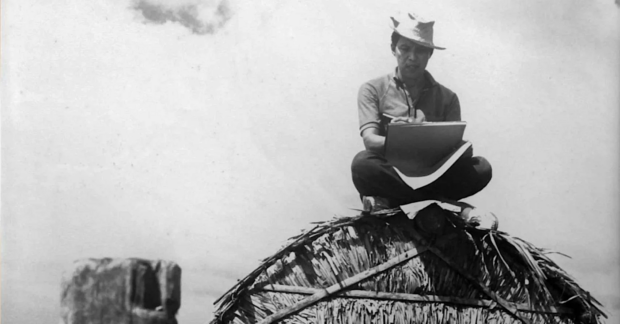Many physicians and even patients still could not accept that optimal medical treatment (OMT), on top of a healthy lifestyle, has been shown in a landmark study to be just as good as invasive treatment —including heart bypass surgery—in patients with blocked arteries with a pattern of chest pains (stable ischemic heart disease).
We wrote about it two weeks ago (“Healthy lifestyle, meds can relieve blocked heart arteries,” Nov. 26), but we have to clarify that OMT will not relieve blockages in the heart arteries. It will relieve only the angina or chest pains caused by blocked arteries.
This is due to several mechanisms, including reducing the oxygen demand of the heart, increasing blood supply through collateral circulation, retarding the atherosclerotic process by suppressing the inflammation or swelling of the heart arteries, and preventing blood clot (thrombus) formation that can completely clog the arteries.
During a scientific forum I was invited to speak in over the weekend, a colleague joked that the study might put our heart surgeons and interventional cardiologists (specialists who open up clogged arteries by angioplasty and stent deployment) out of job. I replied there are a lot of other cases they could do invasive interventions on.
Angioplasty
For example, during a heart attack, invasive intervention (immediate primary angioplasty) is still the treatment of choice. Heart attack patients are wheeled directly from the emergency room to the catheterization or angioplasty room before they’re admitted to the coronary care unit.
Angioplasty or heart bypass surgery is also indicated when there’s blockage of the main heart artery (left main disease), which is like the Edsa or main highway of the heart circulation.
When there’s unrelieved chest pains despite OMT, which may limit the patient’s quality of life since he can no longer do the things he’d like to do, then invasive intervention may be considered.
So, when treating a patient with blocked heart arteries, the doctor should explain the pros and cons of both routine aggressive intervention and the conservative approach with optimal medical treatment.
Recommendation
Of course, the physician can make his recommendation, but he should not unduly scare the patient with exaggerated doomsday scenarios, should the patient decide to go for another evidence-based option.
A few years ago, a patient came to our clinic for a second opinion. He had two blocked small heart arteries, which were just accidentally discovered during an annual physical examination. The patient was even athletic and only had mild chest discomfort with strenuous physical exertion.
His blood pressure, though, was elevated, and his cholesterol levels were high. His physician recommended angioplasty and threatened that he might just die suddenly while playing his favorite sport.
We explained to the patient that since he had a stable coronary heart disease, and he had risk factors which were uncontrolled (blood pressure and cholesterol levels), there was still room to optimize medical treatment and just manage him conservatively. From his last follow-up consultation recently, he was doing fine and no longer complained of chest heaviness even with strenuous physical exertion.
Based on the landmark study we cited, around one out of four or 25 percent of patients initially managed with OMT will have to be subsequently referred for angioplasty or bypass surgery. That’s still acceptable.
It implies that 75 percent or three out of four patients will do well with just conservative medical treatment for quite a long period of time. These are patients commonly referred by doctors for aggressive intervention in the past because they have moderate to severe lack of oxygen in the heart.
Joint decision
I’m sure both the doctor and the patient will now have to think twice before thinking of invasive intervention immediately for blocked heart arteries.
Some patients look at it as a symbol of machismo. Some are even proud to show the long scar on their chest after having undergone bypass surgery, or they’re quick in relating their experiences when their heart doctor inserted a catheter through their groin or wrist arteries to open up their clogged heart arteries and leave a stent behind to keep them open.
Some patients, once diagnosed to have a clogged artery or two, are the ones who tell their doctor that they want an angioplasty done, just like what their friend had.
They should realize that it’s not a completely innocuous procedure, and it can have some serious complications, which can happen even in the best of hands and despite all precautions.
In fact, in the study, it was also shown that in the first six months, there were slightly more cardiovascular “events” or complications in the group that underwent invasive intervention than those who were just managed medically. However, this subsequently evened out after two years.
The bottom line is that the physician should present the options to the patient, and they arrive at the decision jointly.
During our forum, a colleague argued that the doctor should make the decision since he’s the expert, or else there’s no point for a heart patient to consult his doctor for his heart ailment.
I think the responsibility of the doctor is to present the best available data as objectively as possible to the patient for understanding the benefits and potential harm of all available options.
Being well-informed, the patient can make an intelligent decision on how he’d like his blocked heart arteries managed.














































